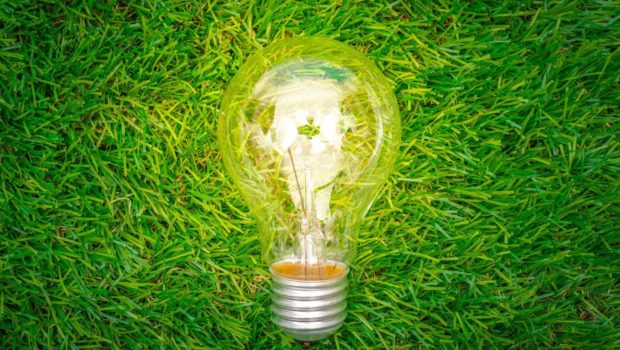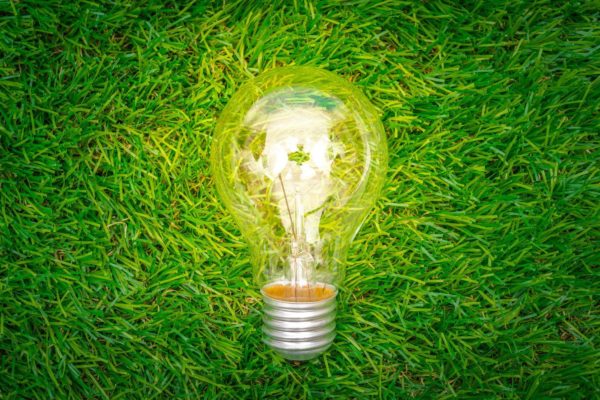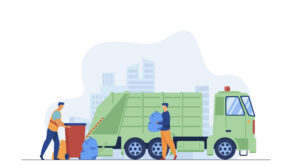Bitlumens: A Gift of Light Through IoT and Blockchain Technology
We are living in a world of stark contrasts. Those with the most power seem to show the least empathy. Those who have advanced the most technologically seem to have, in the process, also drifted the furthest away from their humanity and their connection with the natural world. Those who need help the most, are often the last ones to get it.
Another disheartening symptom of the same disease is found in the fact that we are coming up with amazing, world changing technologies and then using them to ensure our beer is exactly as cold as we want it to be. Blockchain and IoT are among those advancements which would seem like pure science fiction just a couple of decades ago, but which are still more frequently used to make the world more comfortable, instead of to make it better.
That’s why ideas like the one behind Bitlumens attract so much attention and seem like such a rarity.
Like with any large scale operation involving the destitute on one side and those claiming to want to help them on the other, there is some potential for the abuse of this initiative, but also, there is much to look forward to. Here’s what we know so far.
Source: freepik.com
The Basic Concept
Bitlumens is a Swiss company founded in 2017. Their IoT and Blockchain reliant SaaS platform was created to tackle a number of issues faced by people in rural, remote areas. They would be given a chance to lease the necessary solar power gathering equipment and pay for its use in installments in BLS tokens. They can pay for the tokens in cash, to the company’s agent who collects the money and than makes the purchase from the open market, ensuring the growth in demand of this specific cryptocurrency.
These tokens have a number of purposes. First of all, they allow users to rent out and pay for the use of Sun Home Systems. These are IoT devices consisting of a solar panel, battery, a powerful LED light, several power outputs used to charge smaller devices and an entire range of different sensors.
Once the SHS is installed, the sensors measure (among other things) how much energy is created, and charge the user’s bill accordingly. Once the user is done paying for the equipment and installation (which should, with regular payments, happen somewhere around 6 to 8 months from the start) they can choose to buy another set, and perhaps continue selling the electricity they produce this way.
If the experiment is successful, leading SaaS companies from all over the world will have a roadmap for the implementation of this system, and we may see a rapid proliferation of similar offers.
The Issues this is Solving
People in some areas don’t have access to a number of conveniences taken for granted in the more developed parts of the world. While the list is much longer than two entries, we are currently talking about clean energy and functional financial system.
When choosing the initial markets for their project, people from Bitlumens tried to hone in on the countries where these issues are prevalent enough, but which also have enough of an infrastructure to support the demands of the platform. In other words, they needed a place where, despite the high number of unbanked adults and households without access to clean energy, mobile phone penetration is high enough to mean that most users interested in this service are likely to have a phone, as device sensor data is sent via SMS. In order for the system to have any chance of being financially stable, they also focused on countries with inflation rates below 10%.
All of these factors combined, pointed to Latin America as an ideal place to start the program, with the initial four locations being Guaramal in Panama, Valle Departament in Honduras, Chinandega in Nicaragua and Escuintla in Guatemala.
Like those in many other regions of the world, inhabitants of this area don’t have access to cheap, clean energy. Instead, they have to rely on low-efficiency fuels, which produce particulate waste and are harmful to both people and the environment. The use of kerosene, pine kindling, and others fuels of this type for cooking and lighting may be contributing to as many as 3.5 million premature deaths every year, and are significantly increasing the output of black carbon and carbon dioxide.
Apart from energy consumption data, sensors that SHS devices are equipped with also collect information on the reduction of the carbon footprint resulting from the transfer to this cleaner energy mode. Data belongs to the users, who can then sell it to companies in need of carbon credits.
As for the Blockchain part of the equation, it is mostly based on Ethereum, and apart from letting users pay for the device, it has another purpose. Namely, it allows banks to get involved and offer microloans to people who need them and who previously didn’t have any kind of access to banking. This allows users to build up a credit score through their use of SHS, while banks know that their investments are safe and easily trackable through Blockchain.
Likewise, should a user be unable to purchase tokens to pay for the monthly use of the device, their relatives can use the platform to send remittance to help them out.
The users are signed up by company agents who are also the ones giving them access to the tokens. A picture of a user’s fingertip is snapped for the purposes of identification, and they are logged into to the system. This allows the company to keep KYC (Know Your Customer) information, and to assess risks accordingly.
Conclusion
Even though DESCO (Distributed Energy Companies) are nothing new, Bitlumens’ decision to combine capabilities of Blockchain and IoT makes them rather exceptional. Aside from bringing safer, environment and health-friendly energy to people who used to have to rely on much more harmful sources of power, they are enabling those people to become a part of economy, build their credit rating, and even earn money by selling their data or surplus electricity.
If their pilot is a success, Bitlumens may become the pioneer in setting up offline power grids in remote areas and creating micro-economies, but even if the project fails, their efforts will go a long way towards illustrating how these technologies can change the way in a much more altruistic and significant manner than we are used to seeing.
















